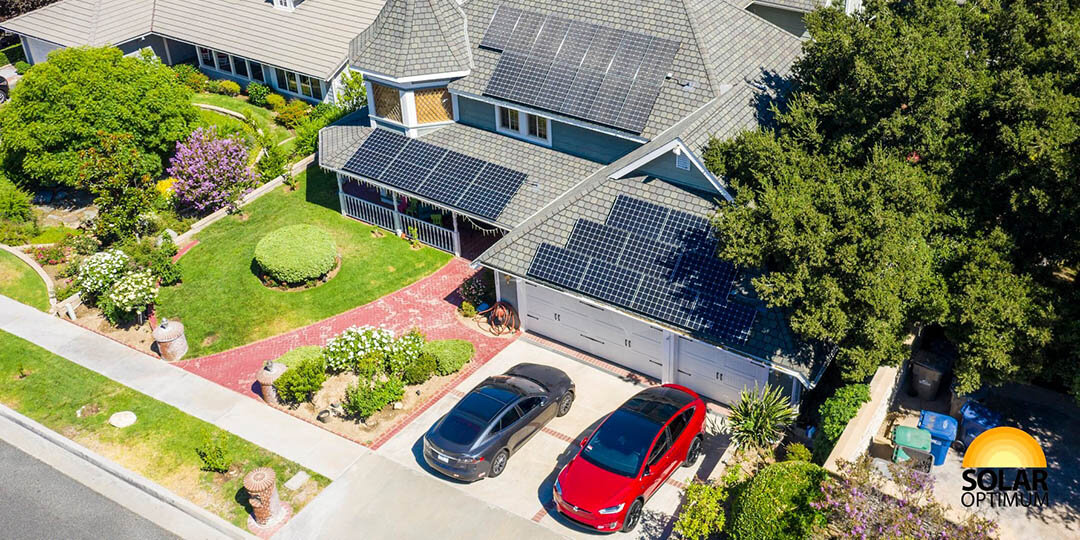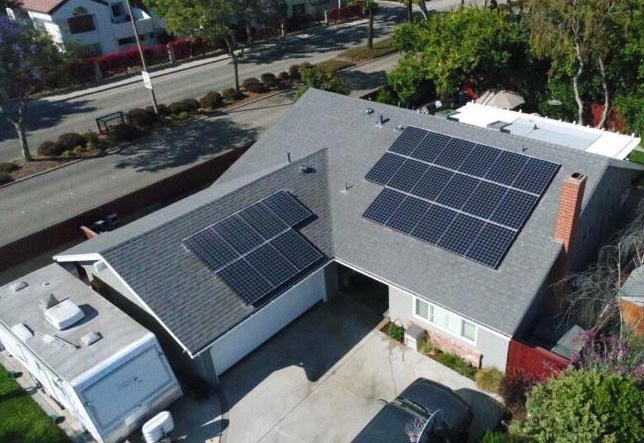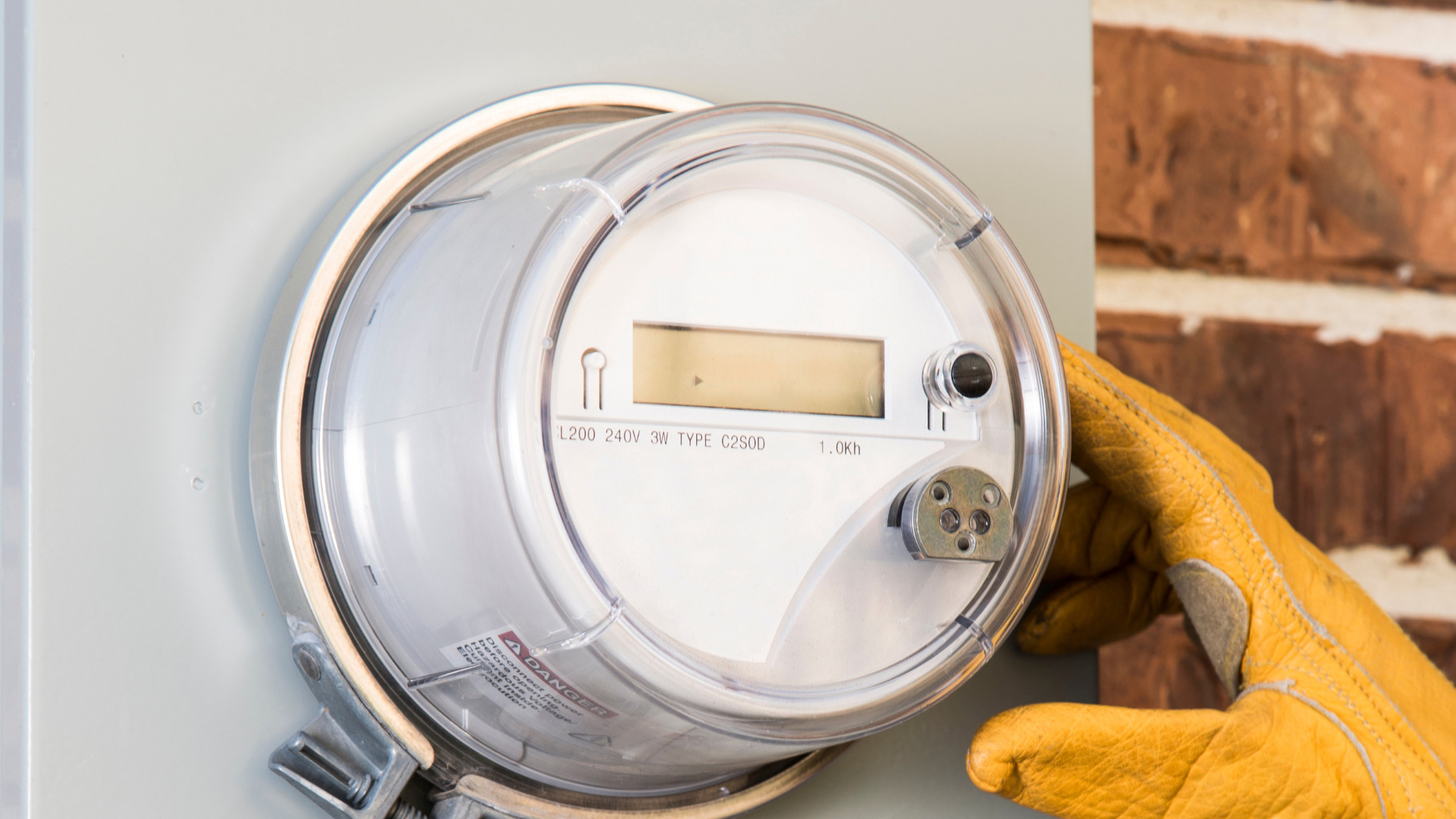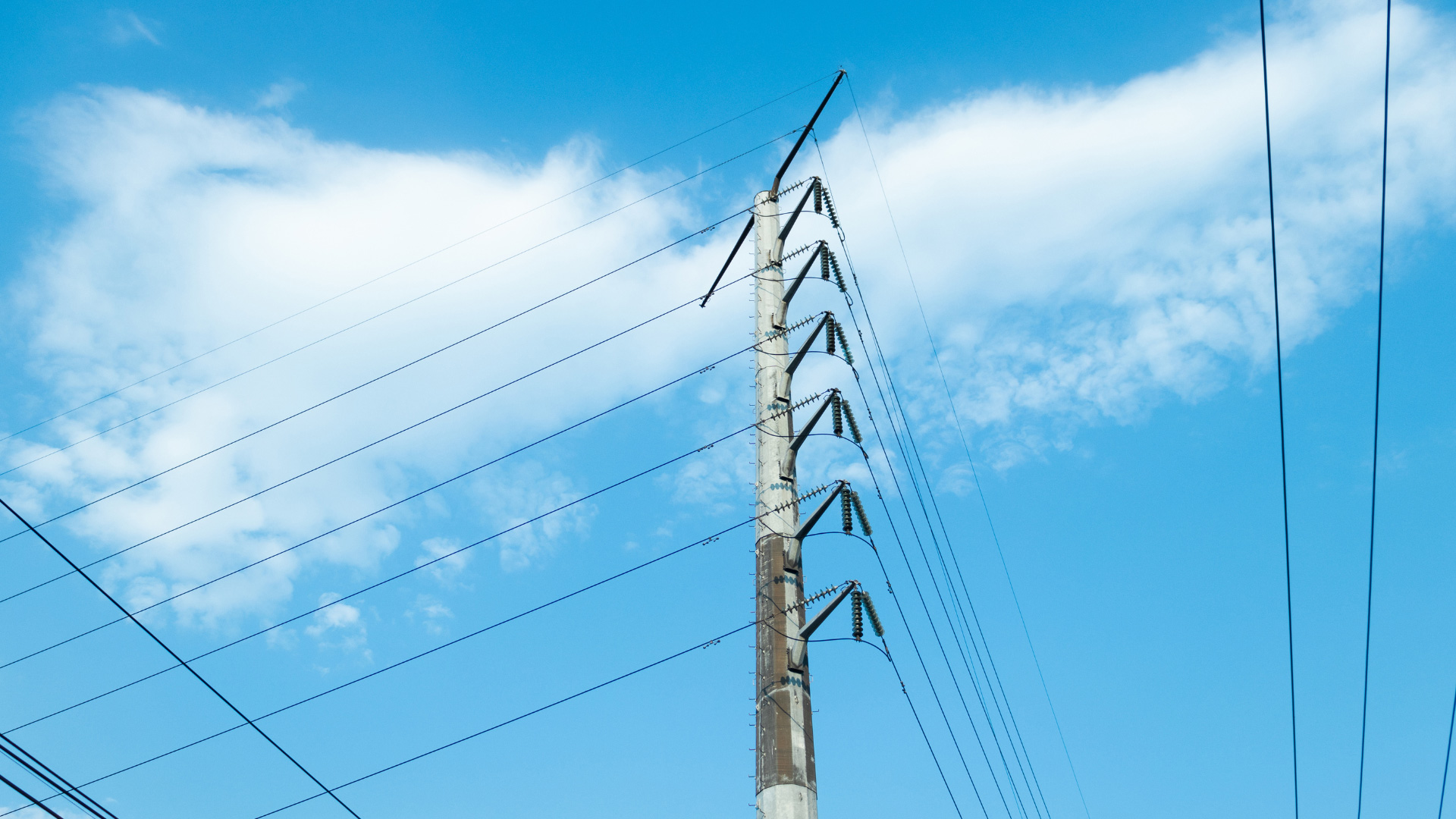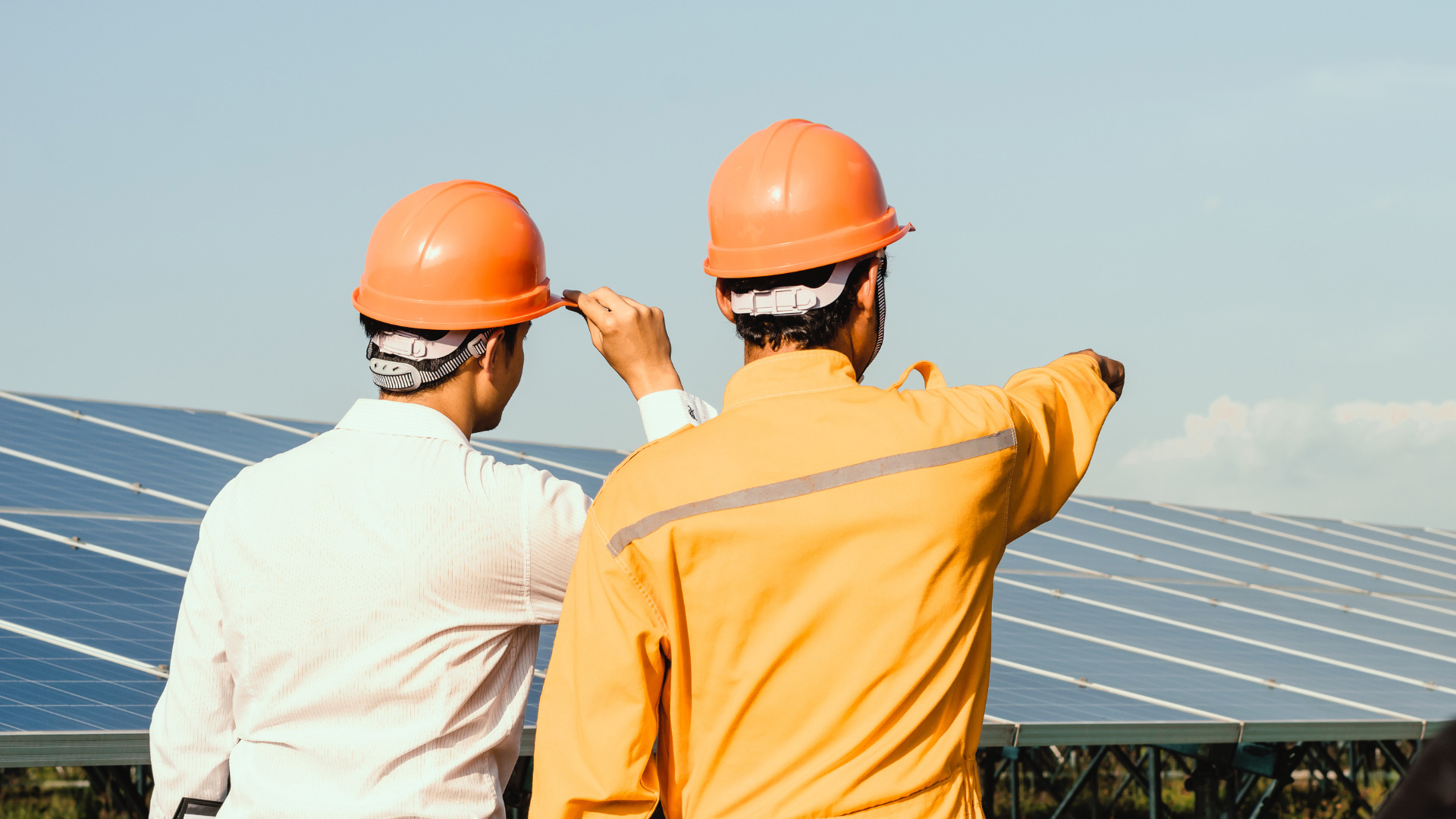All solar power installations must adhere to the National Electrical Code (NEC), a benchmark for electrical wiring installations. One NEC regulation you must remember when setting up your solar power system is the 120% rule solar. This rule dictates that the sum amperage from the grid electricity and solar power should not surpass 120% of your main service panel’s capacity. Non-compliance could lead to issues like circuit overload or even a fire hazard, making it important to understand how the rule works and when it applies.
How To Compute the 120% Rule
At the center of the MSP is a busbar made of metal components that can melt on overloading, a potential fire hazard. In addition, a circuit breaker trips when power exceeds the rated capacity.
However, the MSP capacity becomes overstretched when a solar system injects additional current. Therefore, the 120% rule is a welcome code covering the additional risk.
Here’s how the 120% rule comes into play.
The NEC, 120% rule states that solar PV systems should be installed in electrical boxes up to 120% of the busbar’s label rating. For example, if the home’s electrical meter rating is 175 amps, the rule allows an additional 20%, an equivalent of 35 amps from the solar system.
175 *120 = 210 amps
210-175= 35 amps
At 210 amps, the system is within the acceptable limit. However, is 35 amps sufficient for the typical solar PV installations and battery storage? Keep in mind that a standard PV installation and battery require an average of 60-80 amps.
So, will it limit the solar PV capacity to 35 amps to remain compliant with the 120% rule?
Let’s explore how to expand the system’s capacity to absorb the additional solar current safely.
How To Navigate the 120% Rule
If you exceed the 120% rule, the electric panel receives more energy beyond its capacity, exposing life and property to fire risks. Remember, you need to observe the system capacity and conform to the NEC code.
Some of the viable alternatives include:
Downsizing the Main Service Panel For Solar
If the expected solar power is 60 amps, vis-a-vis an allowable limit of 35 amps, the main breaker needs an additional capacity of 25 amps.
60-35= 25 amps.
In such a scenario, your service provider can remove the 175 amp main breaker and replace it with a 150 amp unit. The new main breaker will seamlessly integrate the extra 60 amp without compromising the existing power load.
Alternatives of Derating Main Breaker
In some cases, it’s not practical to downsize the breaker. For instance, when the electric system capacity is too large.
In this case, you can:
- Upgrade the capacity of the current MSP
- Create a line-side connection, which is a link between the meter and service panel
- Introduce a solar-ready service panel
- Feed the existing main breaker into a sub-panel with a higher busbar ampere rating
When Does the 120% Rule Apply?
The 120% rule primarily applies whenever you want to supplement grid power with an alternative energy source like solar. The NEC standard ensures that extra solar power doesn’t overload the main supply panel, which is the first line of defense against power surges.
Specifically, the 120% rule solar applies in the following situations:
1. When Designing a PV System
The 120% rule comes in handy when designing a new photovoltaic system for your residential or commercial properties. In such a situation, the NEC rule helps you select a main service panel to serve your solar and grid power.
With the right size of a main supply panel, you will prevent overloading, one of the hitches that cause electrical fires. Besides accidental fires, the right-sized supply panel will help prevent system failures, costly repairs and even property damage. The 120% rule won’t just dictate the capacity of the main supply panel you need, but can also dictate the size of the photovoltaic system to install.
2. When Doing Load-Side Solar Interconnections
The 120% rule can also come into play when doing load side solar interconnections. Load side solar interconnections involve wiring your solar power system to an existing electrical panel.
In such a situation, the 120% rule solar ensures that the combined amperage from the grid electricity and solar panels does not overload the existing main service panel. That way, you reduce the chances of electrical malfunctions.
3. When Doing a Line Side Tap
NEC’s 120% rule also applies when doing a line side tap. A line side tap connects your solar power systems directly to an incoming power line before entering the main service panel.
The connection allows you to integrate solar power into existing electrical infrastructure without modifying anything. Again, in this scenario, the 120% rule ensures that the combined amperage from the grid and solar power does not exceed what the main service panel can handle.
Get Your Solar Installation Right with Your Local Experts
A good solar power setup should comply with NEC standards, including the 120% rule solar. The compliance prevents mishaps like overloading the main supply panel, an issue that can lead to electrical fires.
At Solar Optimum, we understand all local installation codes and industry standards. We will help you set up a system that checks all the right boxes. Contact us to work with one of our energy experts to design a solar system that meets your home’s unique energy needs.
